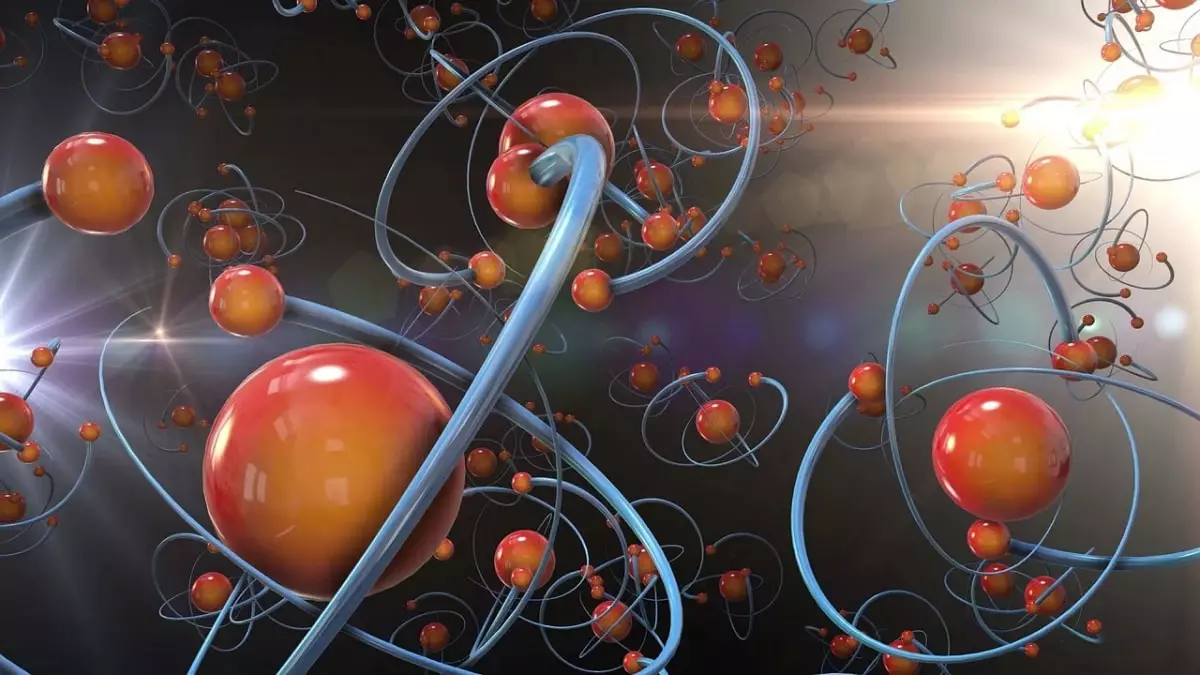As the quest for understanding the origins of life continues, researchers are increasingly looking beyond the boundaries of Earth to uncover evidence of life’s essential components in the cosmos. Recent investigations have spotlighted organic molecules as pivotal elements, suggesting that the building blocks of life are not restricted to our planet. Instead, they appear pervasive across various celestial bodies. Missions such as the European Space Agency’s Rosetta and NASA’s Osiris-Rex have significantly enriched our understanding of these compounds, revealing their presence in interstellar clouds, comets, and asteroids. This finding raises intriguing questions about how planets, including Earth, may have procured their organic materials, possibly providing crucial insights into the emergence of life before the Sun had even formed.
The journey of Rosetta, particularly its detailed exploration of comet 67P/Churyumov-Gerasimenko, highlighted the presence of 44 distinct organic compounds, including glycine, a fundamental amino acid indispensable for protein formation. Additionally, the detection of dimethyl sulfide—a compound linked to biological systems on Earth—underscores the prevalence of potential life-sustaining components in our universe. These discoveries compel scientists to reconsider the chronology of life’s precursors, suggesting they were present in space long before solid planetary bodies coalesced.
Asteroids, too, have emerged as rich reservoirs of organic compounds, demonstrated by Japan’s Hayabusa2 and NASA’s Osiris-Rex missions. The analyses of samples from asteroids Ryugu and Bennu unveiled tens of thousands of organic molecules, further cementing the argument that these celestial locations are crucial in the cosmic narrative of life’s origin. According to astrobiologist Philippe Schmitt-Kopplin, the findings convey that “everything possible from which life could emerge” is indeed available in the cosmos.
Organic molecules primarily form through two significant pathways. The first involves combustion-like reactions occurring in the remnants of dying stars, a process that generates various organic compounds. The second pathway transpires on icy dust grains within molecular clouds, where radiation and cosmic rays catalyze the construction of molecules such as methanol. Remarkably, research has confirmed that glycine can synthesize under these conditions, hinting at the rich molecular diversity flourishing even before the formal emergence of star systems. Protoplanetary disks, which are regions abundant in organic material where new stars and planets are born, have been subjected to scrutiny, leading to findings of methanol and other compounds facilitated by advances in observational technology like the Atacama Large Millimeter Array (ALMA).
The discovery of complex organic molecules across the universe bears profound implications for the field of astrobiology. These biochemical signatures raise the possibility of harnessing similar compounds as biosignatures to identify potential extraterrestrial life, thereby expanding our search criteria beyond Earth-centric models. Future missions such as NASA’s Dragonfly, aimed at Saturn’s moon Titan, seek to investigate these organic compounds inhabiting environments that may support life, including hydrocarbon lakes and dense atmospheres.
In essence, the recurring theme of organic chemistry throughout the cosmos suggests that the components crucial for life are part of a broader cosmic design rather than a rare occurrence confined to Earth. This perspective not only enriches our understanding of the fundamental aspects of life but also instills hope that life may very well exist beyond our home planet. As research progresses and new missions unfold, the tantalizing prospect of cosmic life continues to capture the imagination of scientists, pushing the boundaries of our understanding of the universe and our place within it.
As we explore the stars and seek to understand our origins, the interconnectedness between organic molecules and the potential for life in the cosmos prompts a reevaluation of various scientific paradigms. With each new discovery, we inch closer to unveiling the mysteries that lie within the fabric of the universe itself.


Leave a Reply